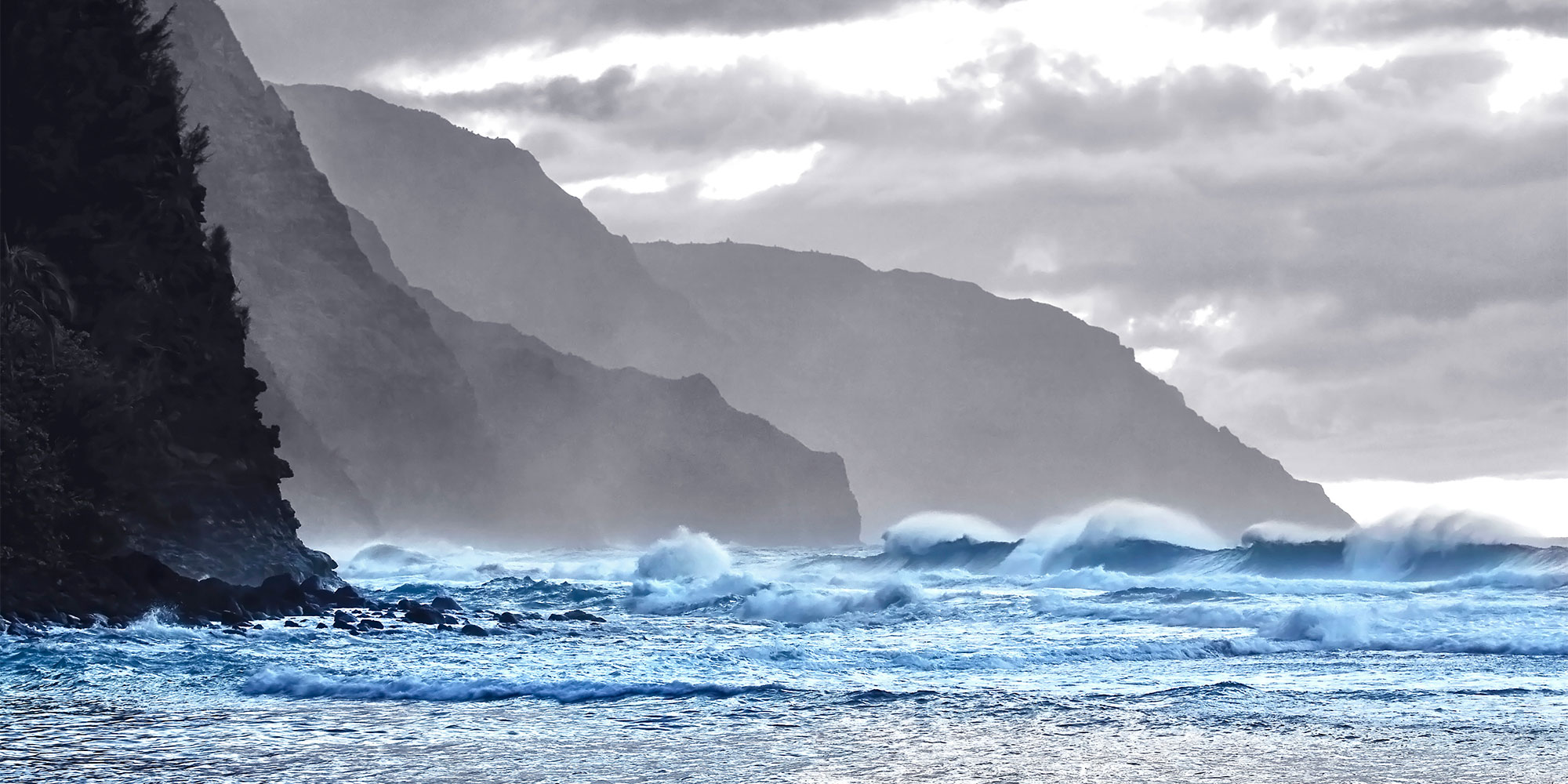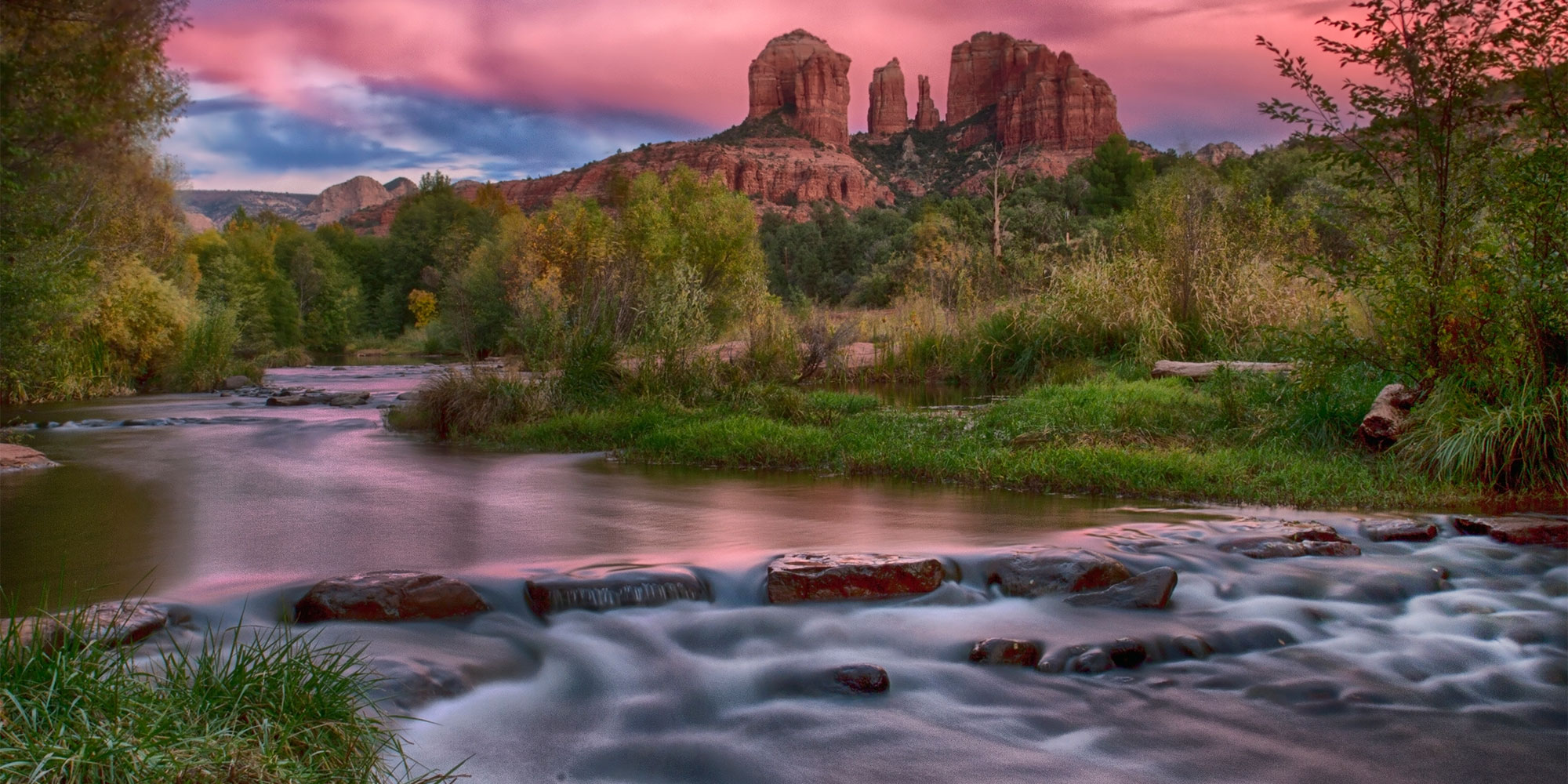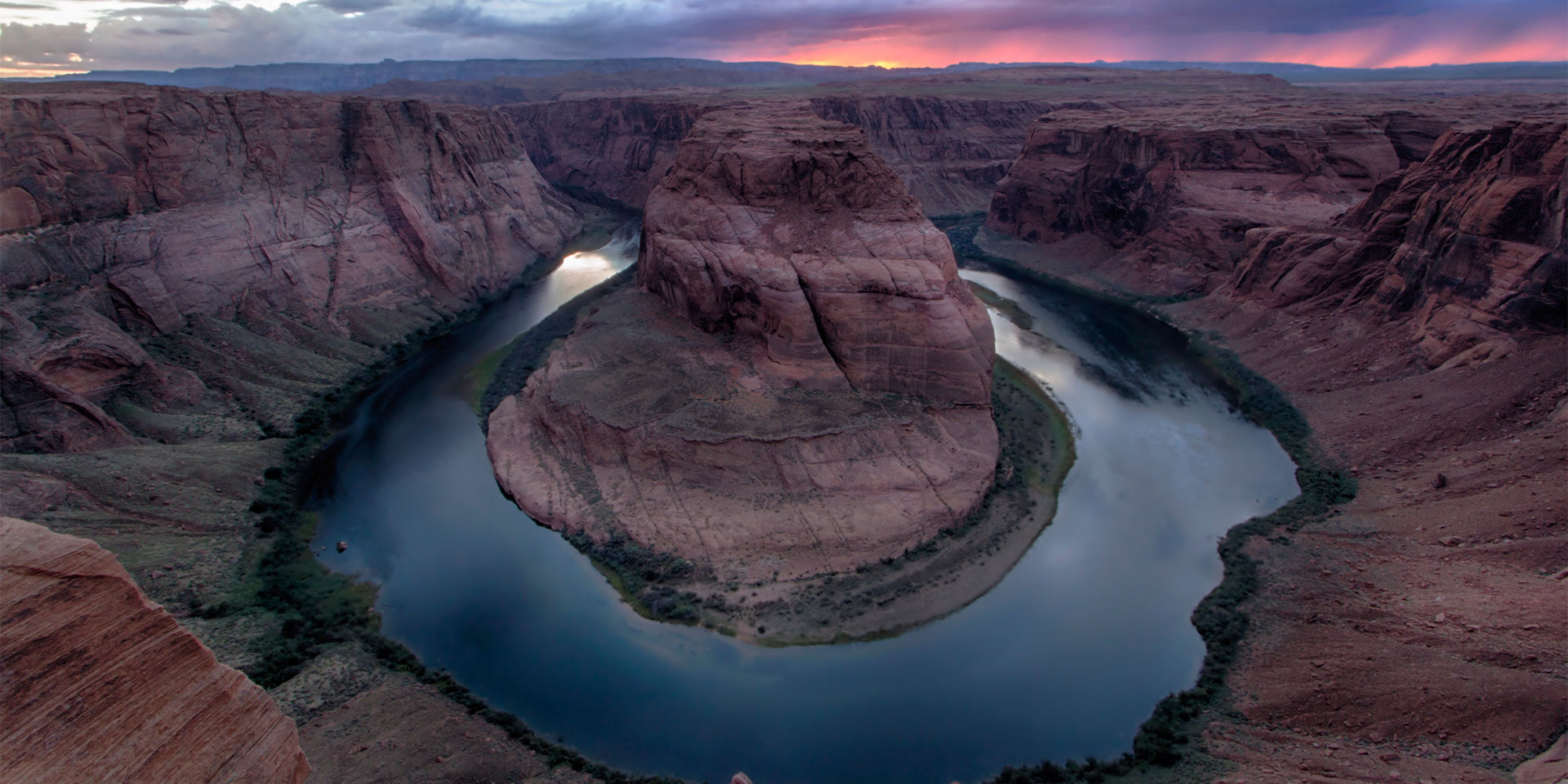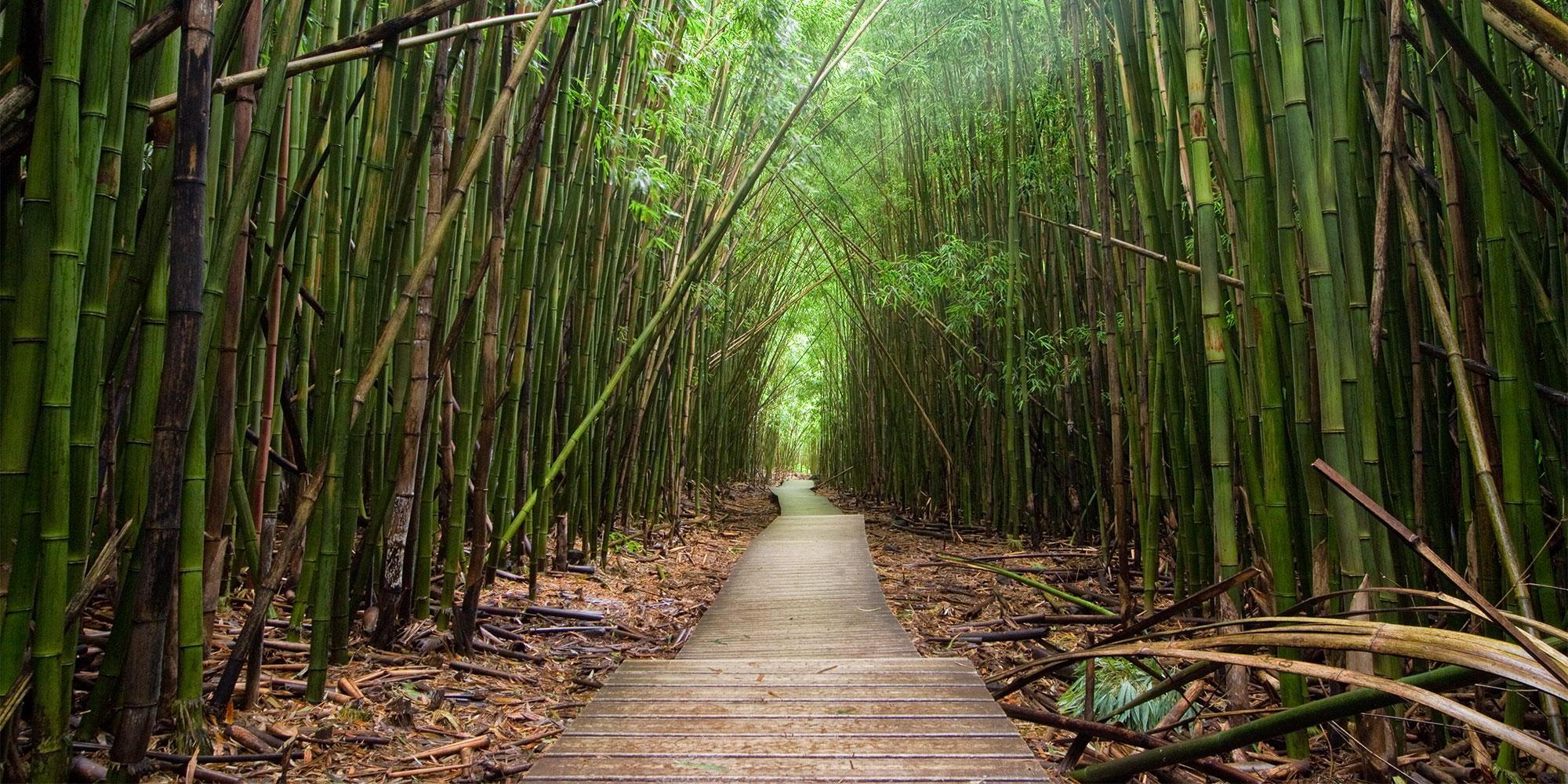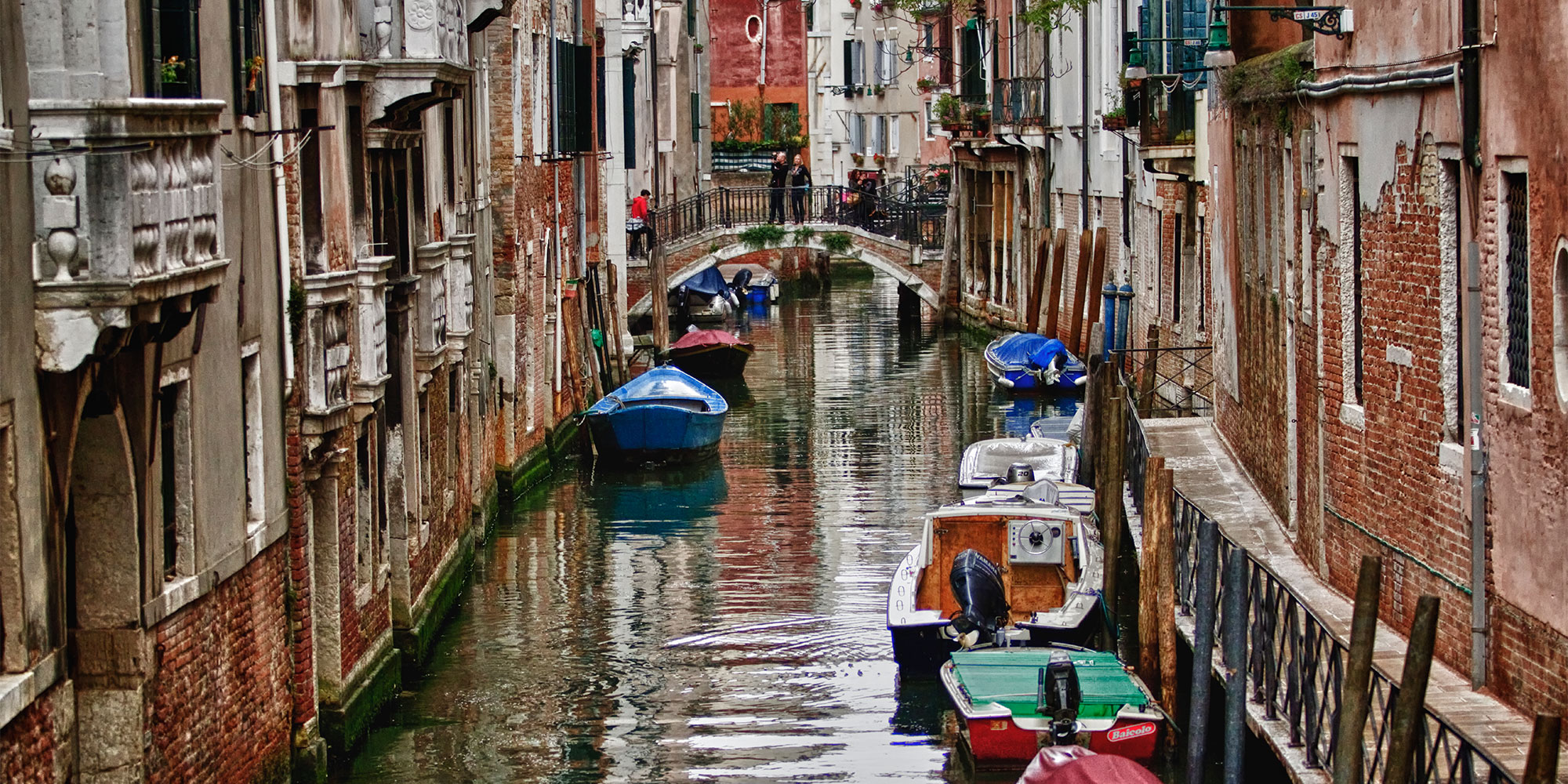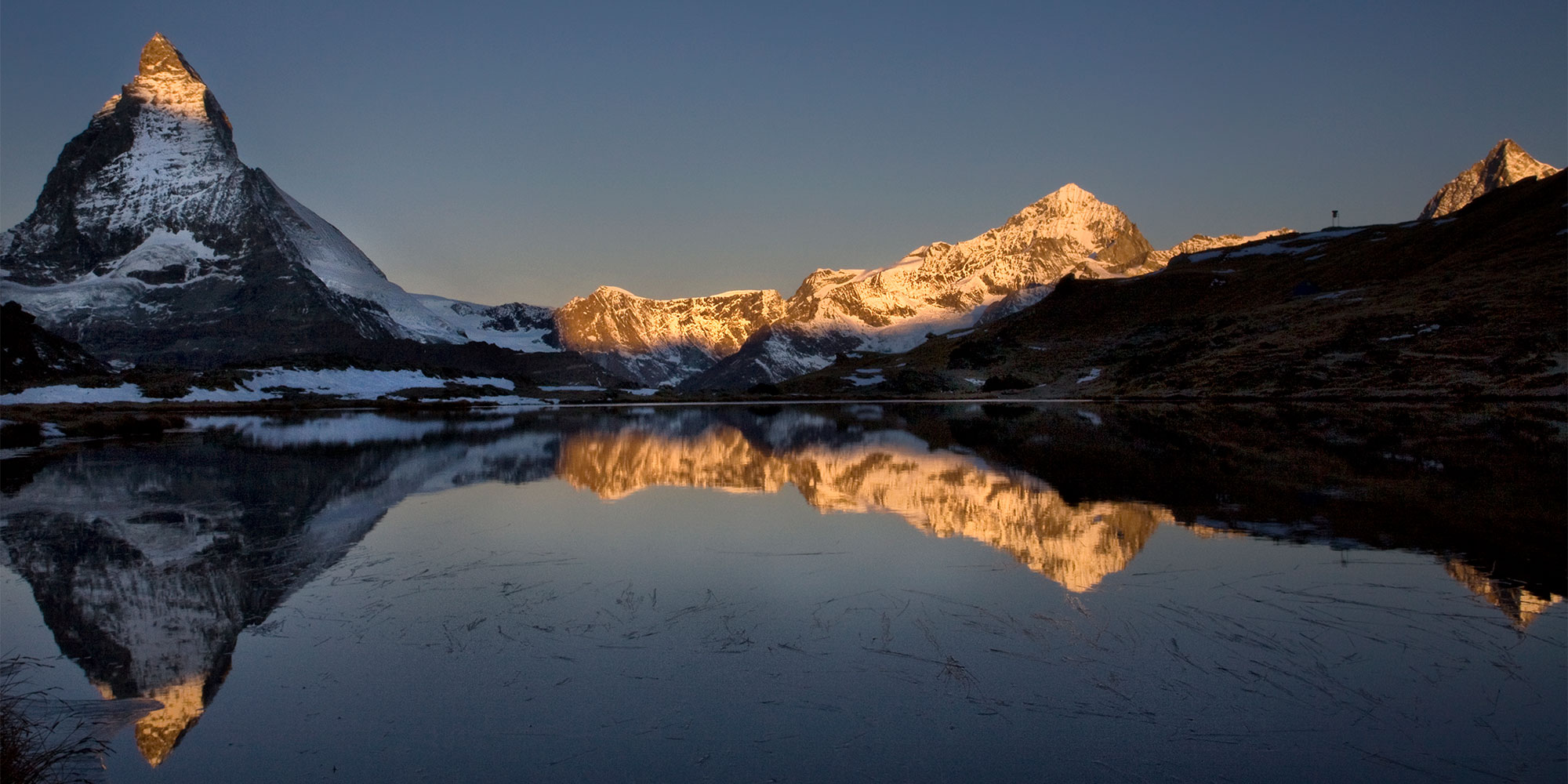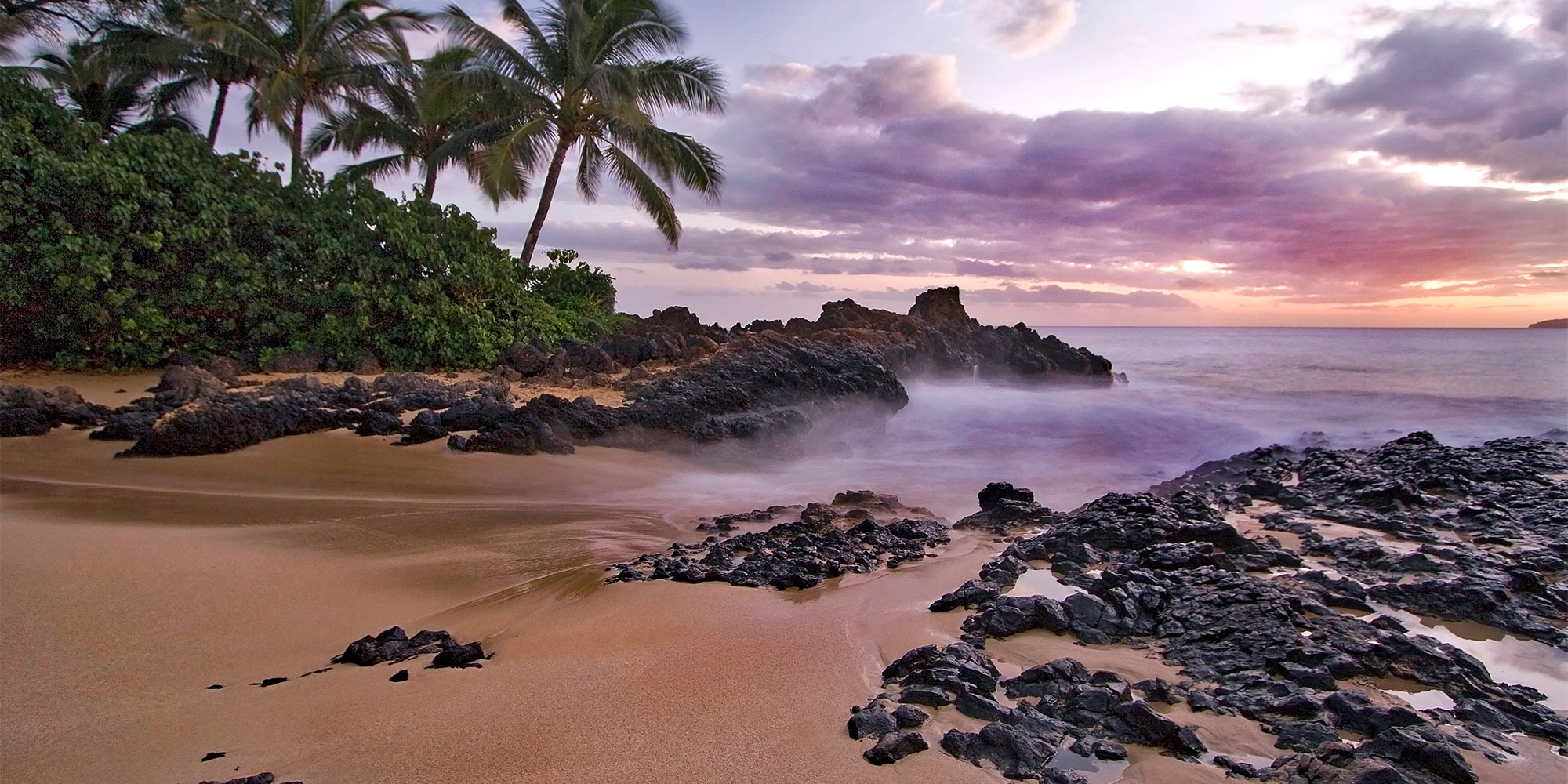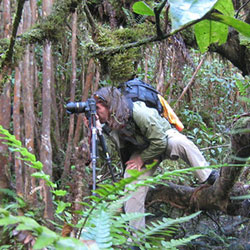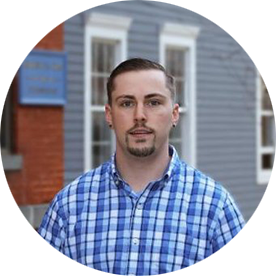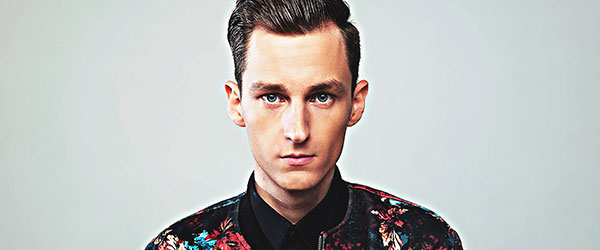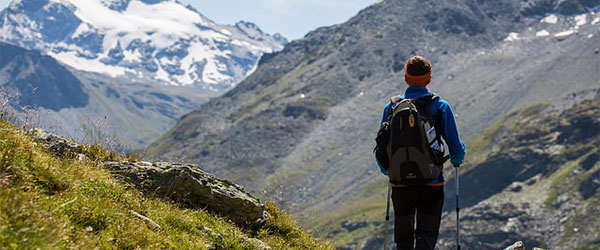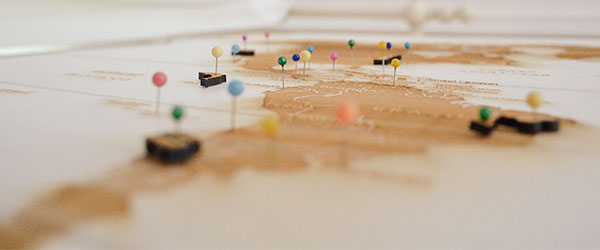Romeo Blanco’s introduction into the industry has Sony Music, Warner Music, Armada Music, Spinnin' Records and Flamingo Records alike bowing to ...
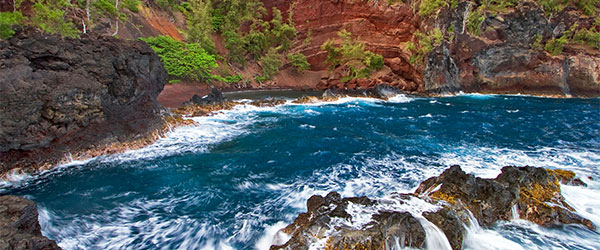
A freelance photographer based in Suffern, New York, Michael Malandra is a master at fine art, landscape, adventure, travel and architectural photography. His studio is split with his passion for martial arts, running the area’s premier school. Continuously spreading his love of art, Malandra also operates PhoTour Adventures, providing photography workshops with his partner, Susan Magnano, while on vacation.
— — —
Sean Ritchie: To start it off, what inspired you to get into photography and continue to work on it?
Mike Malandra: My god, I’m 50 years old now. When I was in college I went to school for architecture. I had to go out and take a lot of pictures of projects that we were working on — building sites and interiors. So, that was when I first picked up the camera. It was film at the time. I had a Pentax [camera]. When I realized I wanted to run a martial arts school and teach the martial arts, I kind of got away from architecture and photography. I just started teaching martial arts.
About eight years ago I started painting again; I painted in back college too. I would bring my painting teacher all these covers from Outside Magazine, Backpacker and National Geographic — national parks books. I would say to him, “I want to paint this; I want to paint that.” As I got more involved he said to me, “I want you to put the books and magazines away. I want you to start painting from what you see in your mind. You need to pick up a camera, go out and start shooting. You’re painting someone else’s image. I want you to paint your interpretation of your image.”
So, I went out, bought an entry-level, SLR camera and I started shooting. I started realizing that I’m into this shooting. I went to Harrimen [State Park]. I took some photography workshops with a friend of mine, Nick Zungoli, who owns a gallery up in Sugar Loaf. From there, I started learning how to use Photoshop and print. I put the painting aside, and I started shooting more and more. I did my first show in the Suffern Library about eight-or-nine-years ago.
SR: It’s really cool to see the evolution of your interests and how you circled back to things you enjoyed in the past. Talk a little bit about your current facilities here on Lafayette Ave in Suffern, New York.
MM: What we are sitting in now used to be my waiting area for my martial arts school. They would sit here and look through these windows at the class. My friend, John, is a contractor. He said, “Why don’t we put a gallery here in your studio?” I didn’t know how it would fit. My space is narrow and really long. He said, “Well figure it out.” So, he comes in here and is measuring stuff, he’s doing this and that. So, we cleaned up the back of the school, moved everything back and we made room to have both the waiting area and the photography gallery.
SR: It really looks great. It’s two things, martial arts and photography, that you would not necessarily think go together, but they really provide a nice contrast to each other. They make both that much more interesting. Now, when you’re at a destination and shooting, is it mostly point and click, trying to capture as many images as possible? Or, are you shooting specific vantage points?
MM: I’ve changed a lot. Years ago, when I started getting into shooting, one of the first destinations that I ever went to where I said, “I’m going here to shoot,” was Hawaii. My wife and I went to the Big Island, Maui and Kauai. When I got there, I was waiting for the perfect sunset and the perfect wave. I was running all over the place, from this location to that location. I was chasing the sunset or sunrise. I walked away from that with some really good images, but what I found out was I shouldn’t have been chasing anything. All I had to do was calm down, stay where I was and wait for it to come to me. Nine times out of 10 it comes to you. The next times I went back out and was shooting, whether it was locally or to other destinations, I realized I can’t just start shooting until I get a feel for the area. So, a lot of times when I go to shoot a place I’ll go hang out and not do anything, then I’ll start shooting. I try not to force anything.
SR: So, it’s a controlled patience.
MM: Totally, totally. And, I’m a control freak so it’s against my personality to do that. It’s taught me to calm down and just accept for what is.
SR: What’s one destination that stands out as the most picturesque that you’ve shot? Describe the scenery a bit.
MM: Anywhere in the Southwest and Hawaii. I love the Southwest. It’s where my wife and I bought a townhome in Sedona. A lot of people when they talk about the Southwest, they think it’s just a desert and everything is dead out there. And yeah, it’s all rock, but everything is not dead. If you open your eyes, you’ll see wild flowers and cacti. My goal, with my camera, is to show people that this is really what the desert looks like. For me, shooting in the desert, shooting in places like Canyonlands [National Park], the Grand Canyon [National Park], Sedona, Bryce Canyon [National Park] or Zion [National Park], there’s no better beauty than that.
SR: Are all of those destinations close enough where you could do it in a week or 10 days? Or, are they too far apart?
MM: Yeah, you can. Last April, I was contacted by a teacher from Clarkstown South High School. The teacher had set up this trip with seniors from the photography class. She applied for a grant, and she said if I get it would love for you to come. I went with her and eight students out there. I found myself on a paid trip where I got to go out west, shoot with a bunch of kids and teach them how to shoot.
The trip was six days. We started in [Las] Vegas and drove to Valley of Fire State Park, which is in Nevada and shot there. From there we went to Zion, and shot all day the next day there. We then drove to Bryce, followed by the Grand Canyon, and shot there for two days. After that we went to Sedona and back to Vegas, finishing with some photography on the strip. So, yeah it can be done in a week or so, but it’s in your face. We covered 800 to 1,000 miles in one big loop.
SR: Was your love for traveling developed more or enhanced by your photography? Has it added any depth to your travels?
MM: The traveling started before the photography, but I had never really traveled much as a kid. The only time I was on a plane was when I was visiting my grandparents in fourth grade. This was probably until I was 22 years old. When I started working for Andrew Dice Clay, doing security for him, I started to travel out to Vegas about eight times a year for long weekends. So, the traveling existed before the photography.
Then, when I started painting and shooting more the traveling revolved around the photography. So, my wife and I would pick locations that I had either shot and wanted to shoot again, or new locations that I can build a new portfolio of work around. So, now nine out of 10 trips are based around photography.
SR: One of our core objectives behind SCP is to bring people together while traveling, in hopes to minimize any cross-cultural divides. The theory is if you can get people to travel and interact with people from other places they’re more relatable and it’s not as foreign. So, in your perspective how has travel broadened your eyes in that way? How has it given this perspective that we’re all one human race?
MM: That’s a really good question. I’ve come to realize that the world doesn’t revolve around New York City. The world doesn’t revolve around big-city culture. There’s a lot more going on around us than our little world. Just because someone who lives in another location doesn’t have the big house, expensive car and the Wall Street job, doesn’t mean he’s any better or worse than anyone else. It just means that he’s in a different place, in a different time, doing his thing. Just as successful as me or anyone else, because his happiness is around what he believes makes him happy, as opposed to what somebody else does.
What I’ve come to realize, is that everything doesn’t need to be what I thought it should be, because this is what I grew up in. So, I’ve come to realize, going to all these places, is that it’s just a different lifestyle. Travelling has really made me open my eyes and, whether I like it or not, respect other people’s lifestyles. It has made me realize that everything doesn’t have to be the way society says it should be. It also makes you respect what you don’t have, because other people have less. I really encourage people who have an opportunity to travel to get out there and travel, because you can’t just be in your little bubble. There’s a whole big world out there.
SR: To switch over to Europe a bit, I know you’ve been to Switzerland. What about that particular destination appeals to you?
MM: When I was a little kid, my parents had a poster of the Matterhorn in the Swiss Alps. It’s a world-famous mountain. I would always see this mountain with a little shack in front of it, and I always wanted to go there. Now, my wife’s family is from German, so every year for the last four-or-five years we go to Germany and do side trips. The first time we went, we took a crazy eight-hour train ride to Switzerland.
We got to a little town of Zermatt, which is in the mountains at about 9,000 feet. There are no [gas-powered] cars up there. It’s all electric cars or horse and buggy. That’s how people commute there. It was in the Fall and we’re by the Matterhorn, but we can’t see anything because it’s boxed in the clouds. So, we went out, grabbed lunch and saw the town. It was as if you were sent back 100 years in the past. It was crazy that this exists and on the other side of the world New York City exists. As we’re walking my wife punches me in the arm and goes, “Look behind you!” As I turned around it was the Matterhorn and the clouds were clearing over it. It was the most insane thing I had ever seen. Insane!
SR: That makes me want to go there now. On a broader level, are there any destinations that you haven’t been to yet that you want to see? What are three, and why?
MM: I definitely want to go Tibet and the Himalayas. I want to go to the base camp of Mount Everest. I want to shoot at base camp, but I also want to go to Tibet to shoot the culture and the people — the Sherpas. I want to do some teaching or fundraising thing where my wife would do Yoga with the kids there. Then, maybe I will teach them martial arts or photography. We want to bring them clothes or stuff that they don’t have.
Africa is another one. I want to do the safaris or Kilimanjaro. Iceland is another one. I’m actually going to be going there next April. We’re doing a photography workshop there with my partner. We’re going to be taking a group of people to Iceland to shoot. Right now, those are my three locations that I want to get to.
SR: That’s great, and they’re all on your radar. Lastly, when’s the next vacation? Is it Iceland?
MM: No, the next trip my wife and I are going to Hawaii again in January. We’re going to Oahu. Even though Oahu is more like a city, you’ve got to go visit Pearl Harbor. It’s part of our history and culture. Last time we were there we realized there is a whole area for surfers called the North Shore. It’s world famous for surfers. They come from all over the world. It’s this little, hippy town in the middle of this rain forest in Oahu. So, we’re going to go there, and I want to shoot the surfers. Then, from there we’re going to Kauai. We’re going to spend a week and a half there. I’m really excited to see the blue hole. It’s the wettest spot in the world. I can’t wait to photograph in there.
— — —
For more on Mike Malandra and PhoTour Adventures visit his website:
All photos © Mike Malandra
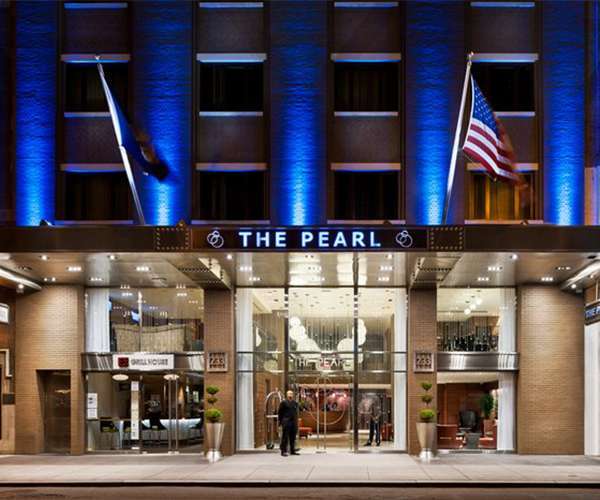

New York City's unique and vibrant culture can be felt throughout this property - exactly what every traveler wants? Right?
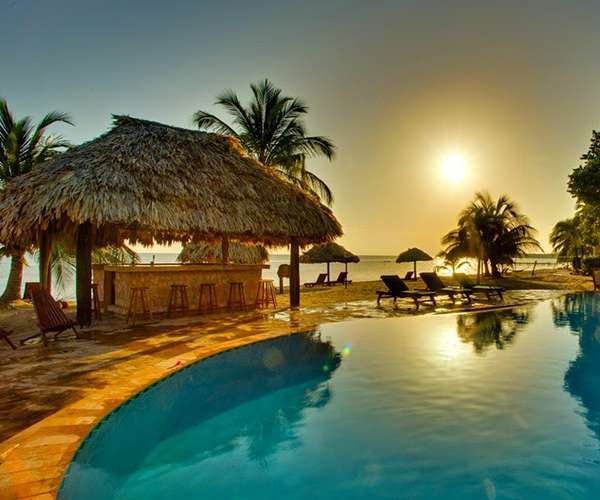

A value property that packs a punch, this oceanfront property on the Caribbean Sea will immerse travelers in the local culture.
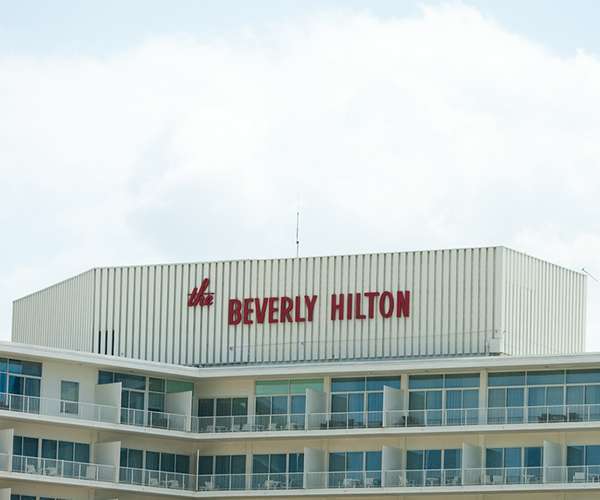

One word to sum up Beverly Hills? Posh. This hotel achieves it with ease. Enough said?
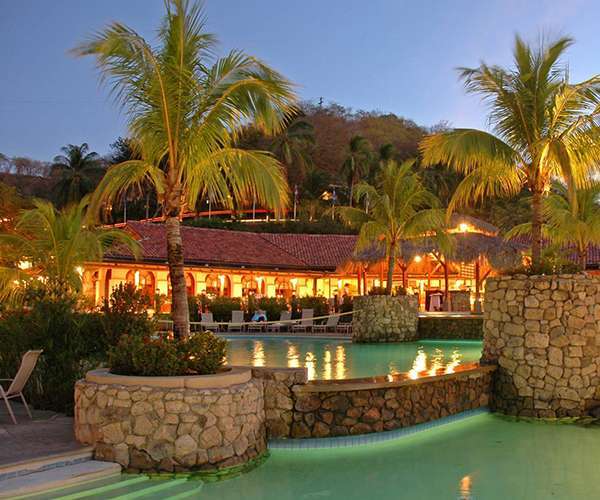

Set mountainside on secluded Culebra Bay, views from the resorts' pools and spa are truly breathtaking.







